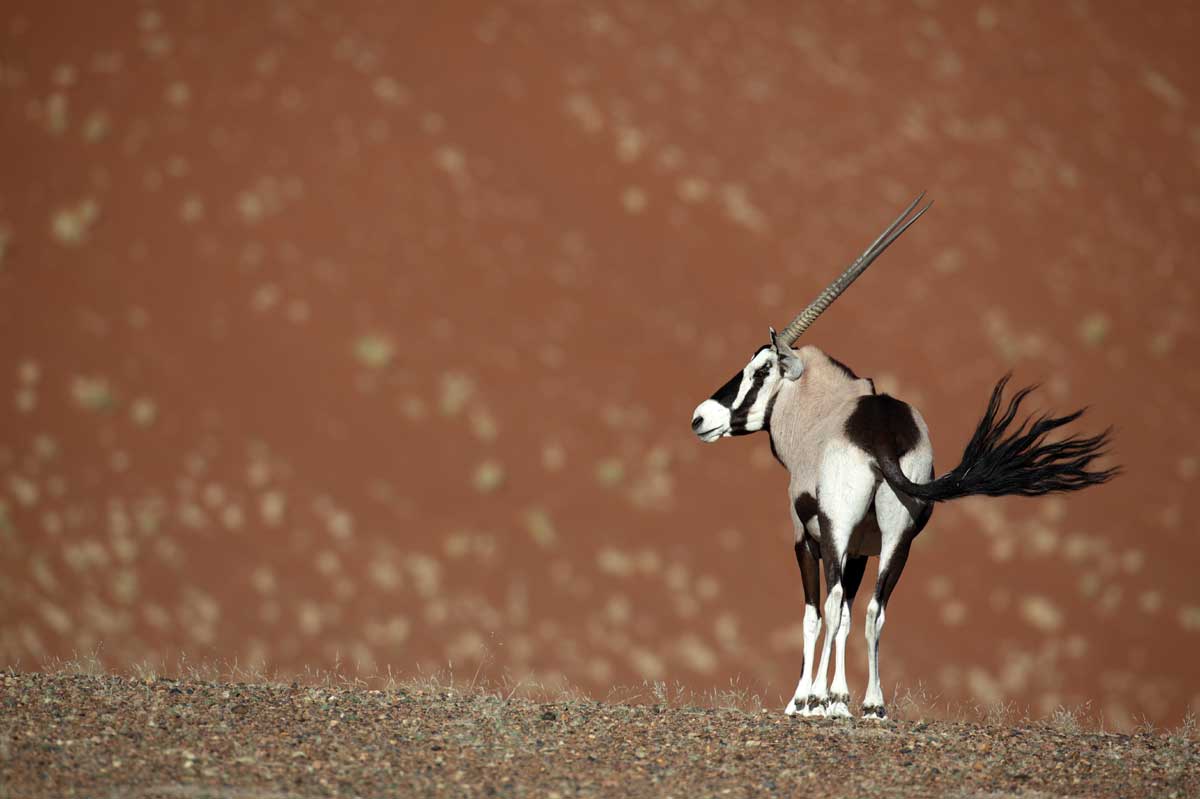
Namibia is home to vast landscapes and the famous Namib desert. Amidst the madness of the endless breathtaking terrain, there are historical towns, abandoned buildings and eerie coastlines. Namibia is the land of colour and contrast. Bright blue powerful waves of the Skeleton Coast greatly contrast the amber sunsets arguing against the equally striking terracotta sand dunes of Sossusvlei. The arid Etosha National park is dotted with pans and flourishing with wildlife, which adds yet another unique variable to the land of contrasts.
Namibia is a fantastic country to self-drive, but it must be said that you need to be prepared and need ample time to explore the wonders of this country. Namibia has plenty of things to see and do, and planning your journey is entirely dependent on your type of holiday. Will you be canoeing down the Orange River? Will you want a luxury safari? Do you want to hike the Fish River Canyon? Or, do you want to do a quick trip through the major areas?
The decisions is yours, but we do recommend you don’t skip out on the following destinations if you are wanting to explore the major regions.
Etosha National Park
Elephants smothered in white dust traipse across arid landscapes in search of water-filled pans. The ghost like look of the wildlife in this part of Africa is because of the soil composition and high salt content. Etosha is actually referred to as the “Great White Place” because it’s dominant feature is the 5000 km salt pan, which is the largest salt pan in Africa. Etosha is Namibia’s prime game viewing destination, and the biome is exquisite. Woodlands, waterholes and tributaries from the Kunene River provide the perfect habitat for a variety of birdlife, and for 4 of the big five. One of the top animals to try and spot is a black rhino, of which there are prolific numbers.
We recommend staying at: Mushara Outpost ancient dry river bed on the doorstep of the prestigious Etosha National Park.
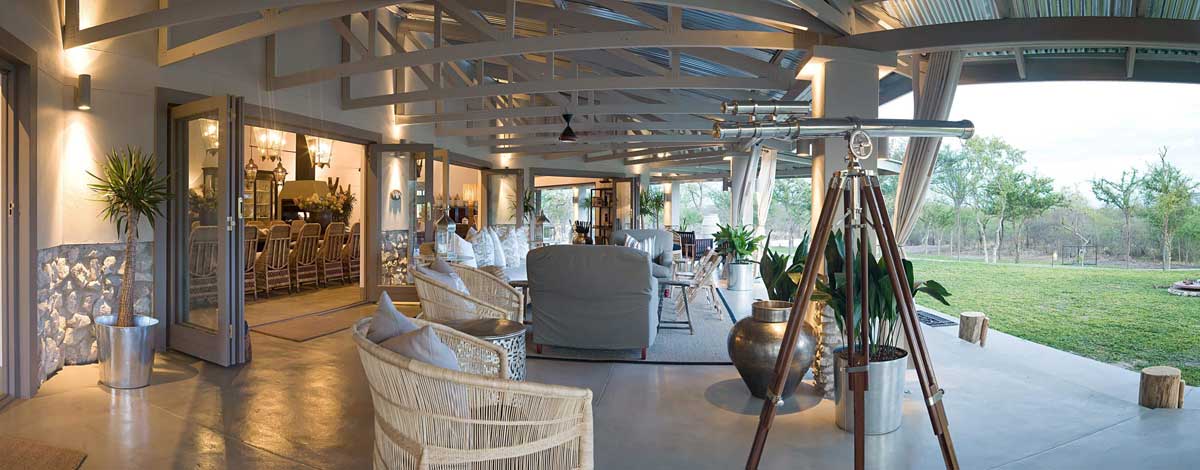
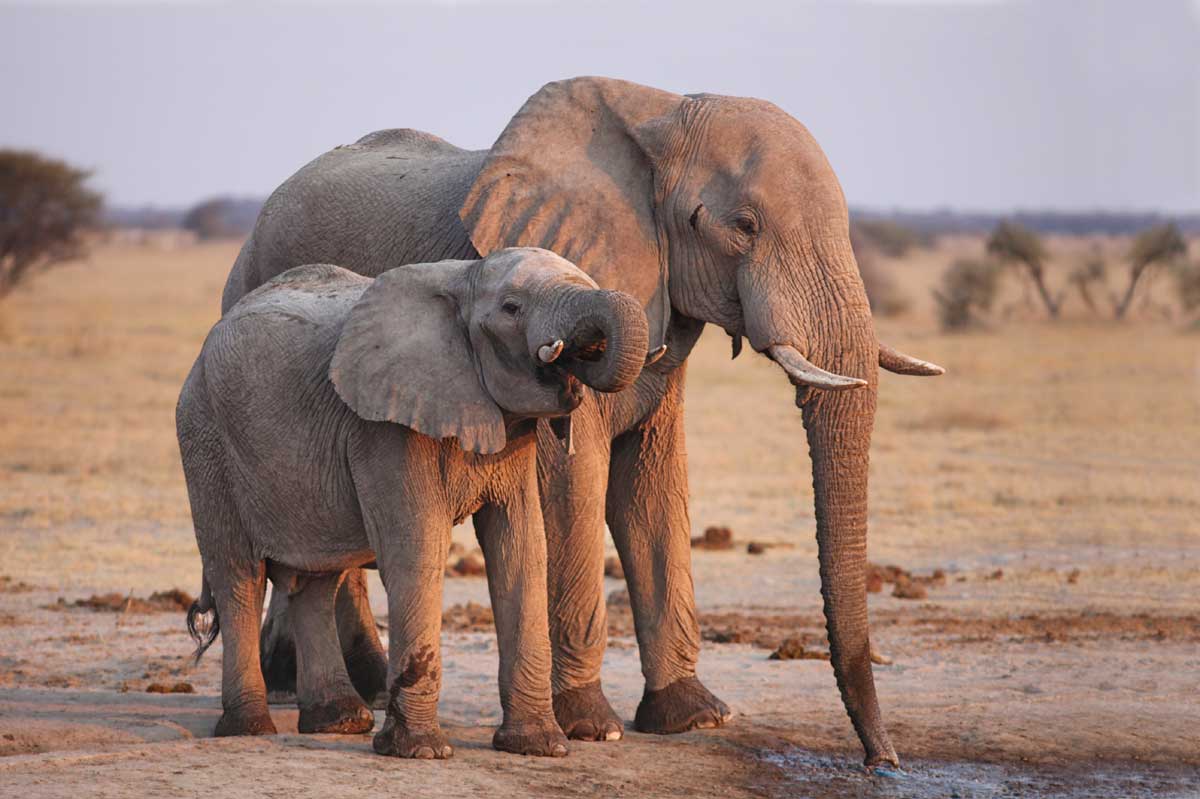
Skeleton Coast
The Skeleton Coast is a fascinating and eerie destination stretching across an area of 500 km that is commonly known as the Skeleton Coast National Park. This area is is home to seals, shipwreck remains and a massive wave at Skeleton Bay that is on the bucket list of avid surfers. It’s gnarly and death-defying! The Skeleton Coast/Park stretches from the Kunene River in the north to the Ugab River in the south. It covers about a third of Namibia’s coastline, and most certainly an iconic destination in Namibia! Famed for its heavy fog rising up from the icy ocean, and graveyards of ships having passed in the night, the coastline is nothing short of remarkable. The coast was home to plenty of discarded whale bones from the whaling industry, and this is where the name “Skeleton Coast” came from.
We recommend staying at: Hoanib Skeleton Coast Camp
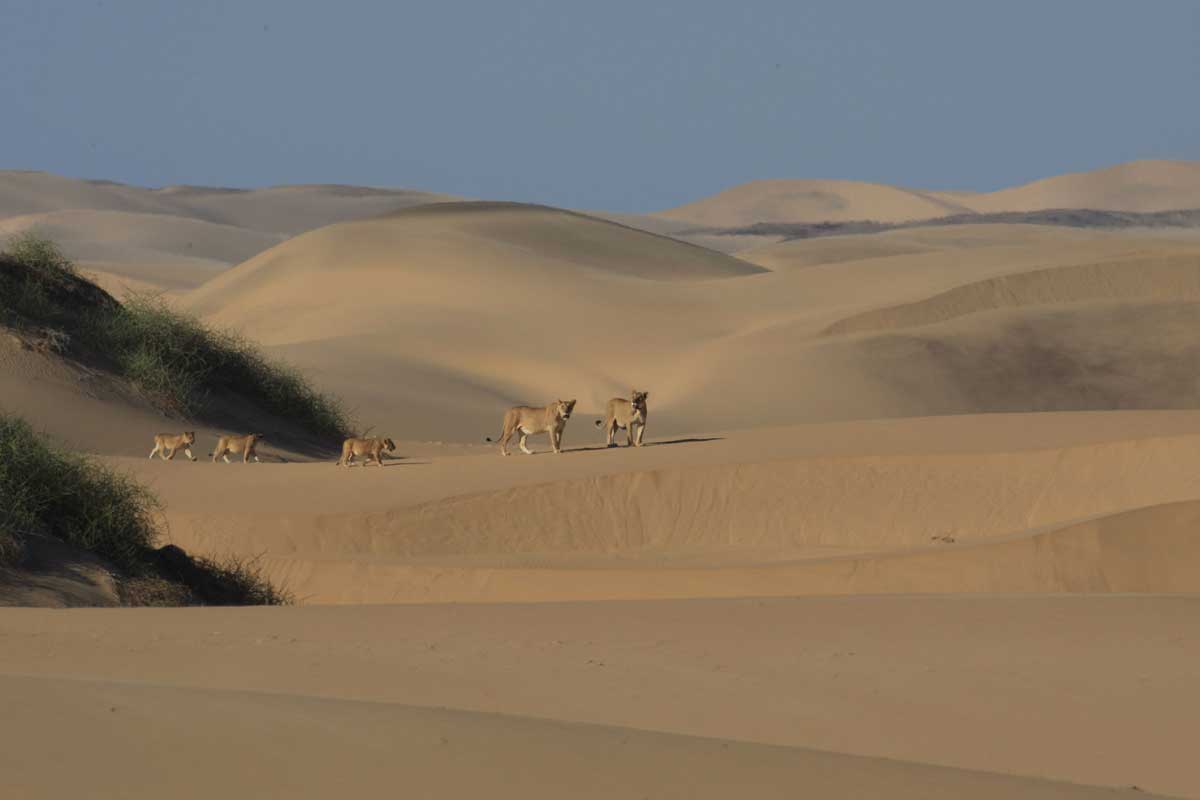
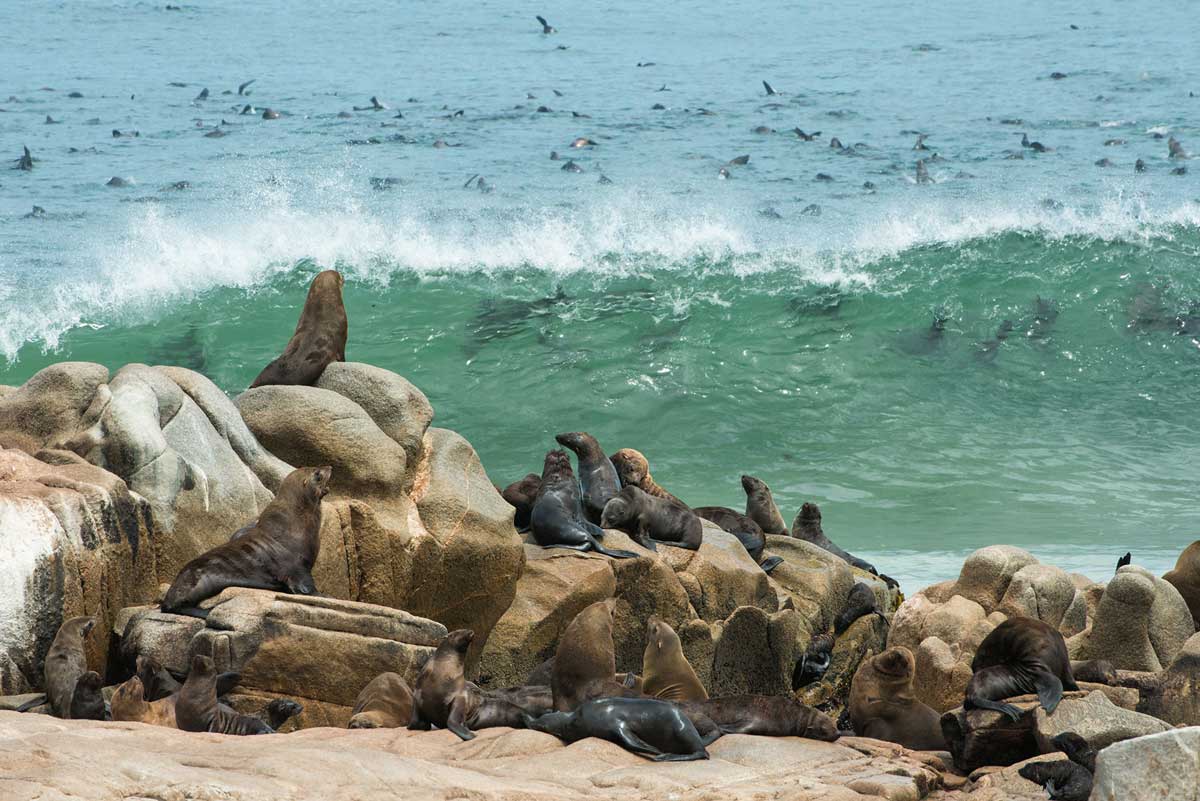

Sossusvlei
Sossusvlei is probably one of the most photographed areas in the Namib Desert, and is defined by looming sand dunes – some of which are the highest in the world. At the foot of the dunes there is a vlei that runs dry, but when it rains transforms into a massive lake. “Big Daddy” is one of the world’s tallest sand dunes and overlooks the vlei. The sunsets here are like nothing you’ve seen before – so orange, with a sky highlighted by the red sand of the dunes. The Namib is the oldest desert in the world, and is the perfect place to enjoy adventure activities such as dune hiking, sandboarding and stargazing.
We recommend staying at: Wolwedans Private Camp


Fish River Canyon
The Grand Canyon is the largest canyon in the world, and the Fish River Canyon is the second largest. It’s a common destination for hikers, who find the route breathtaking but challenging. The massive depression is caused by millions of years of erosion from the Fish River and the canyon is whopping 550 metres deep and roughly 27 km wide, and literally cuts into a massively flat plateau that stretches across harsh landscapes. Try out the various narrow pools in the canyon during season, or try out the warm springs at Ai-Ais, which is the lower end of the canyon.
We recommend staying at: Canon Lodge
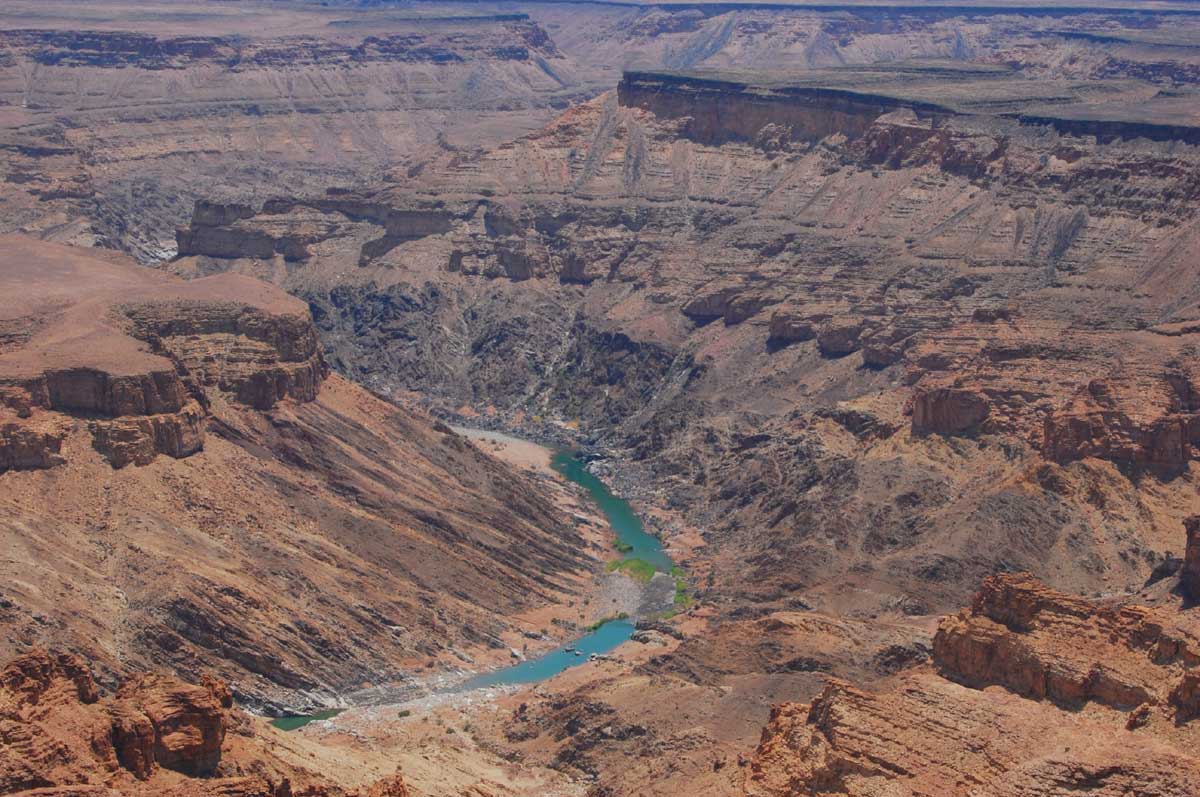
Caprivi Strip
Is the Caprivi strip Africa’s best kept wildlife secret? We think so ! It’s an area bustling with wildlife activity, and offers the best of land and water based safari. It’s also affordable and offers a mixed biome of desert sands and tropical waterways. The birdlife is is exceptional and so is the game viewing. The Caprivi Strip is known as the Zambezi region and is links Botswana, Angola and Zambia to Namibia. Chobe National Park in Botswana, the Okavango Delta and a number of national parks are in close proximity to this 450 km strip of prime land.
Trapped between popular safari destinations, this quiet destination far from the maddening crowd is ideal for safari solitude and contrasting landscapes.
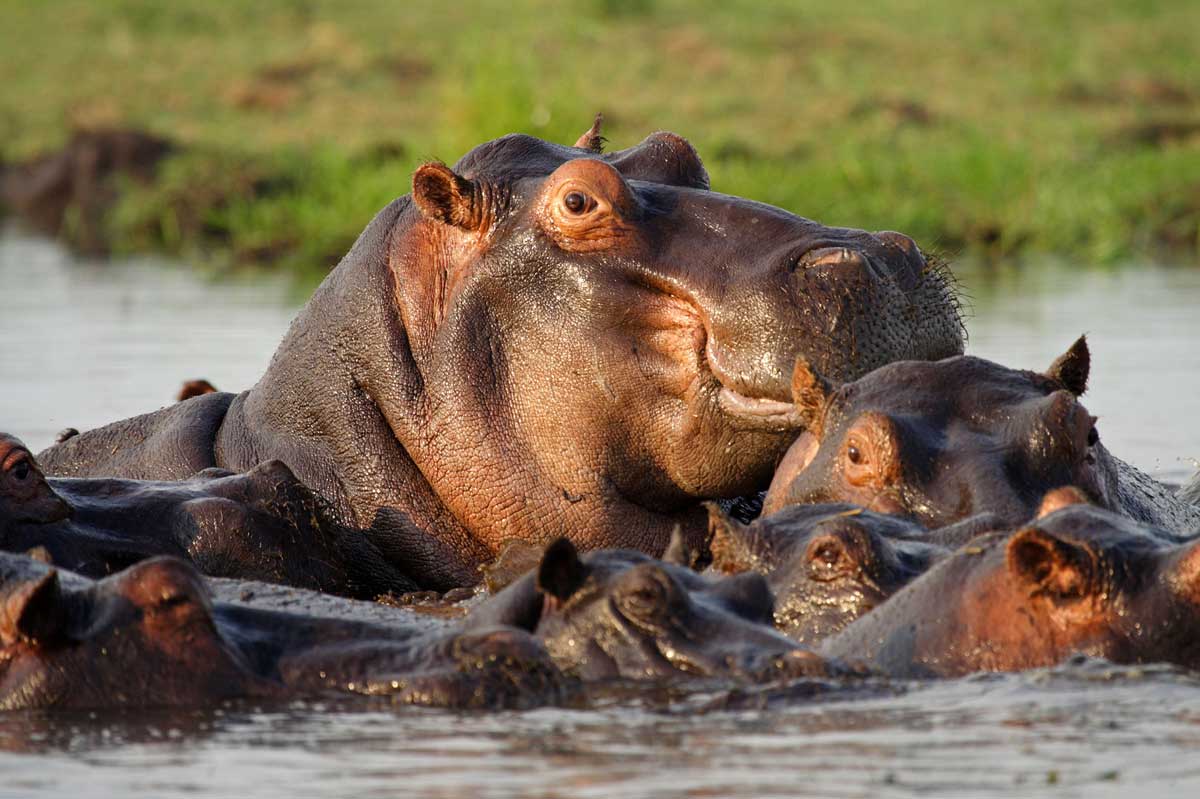
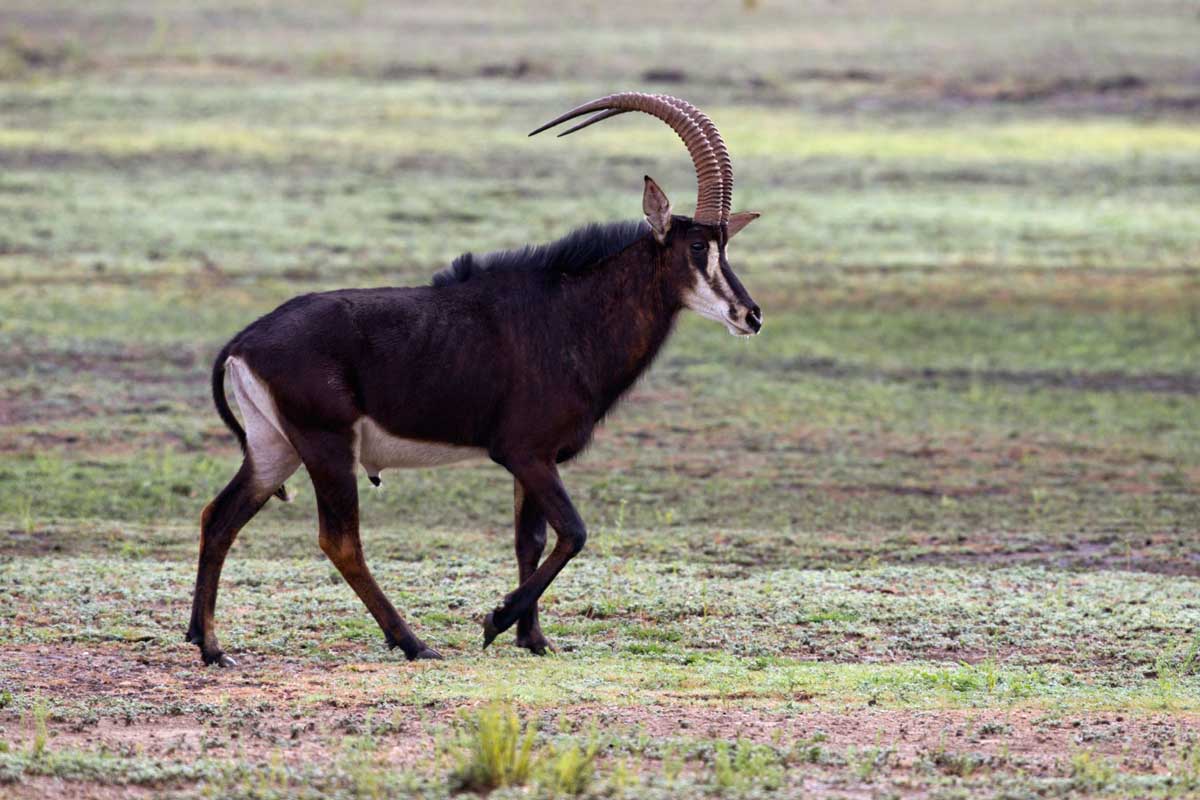
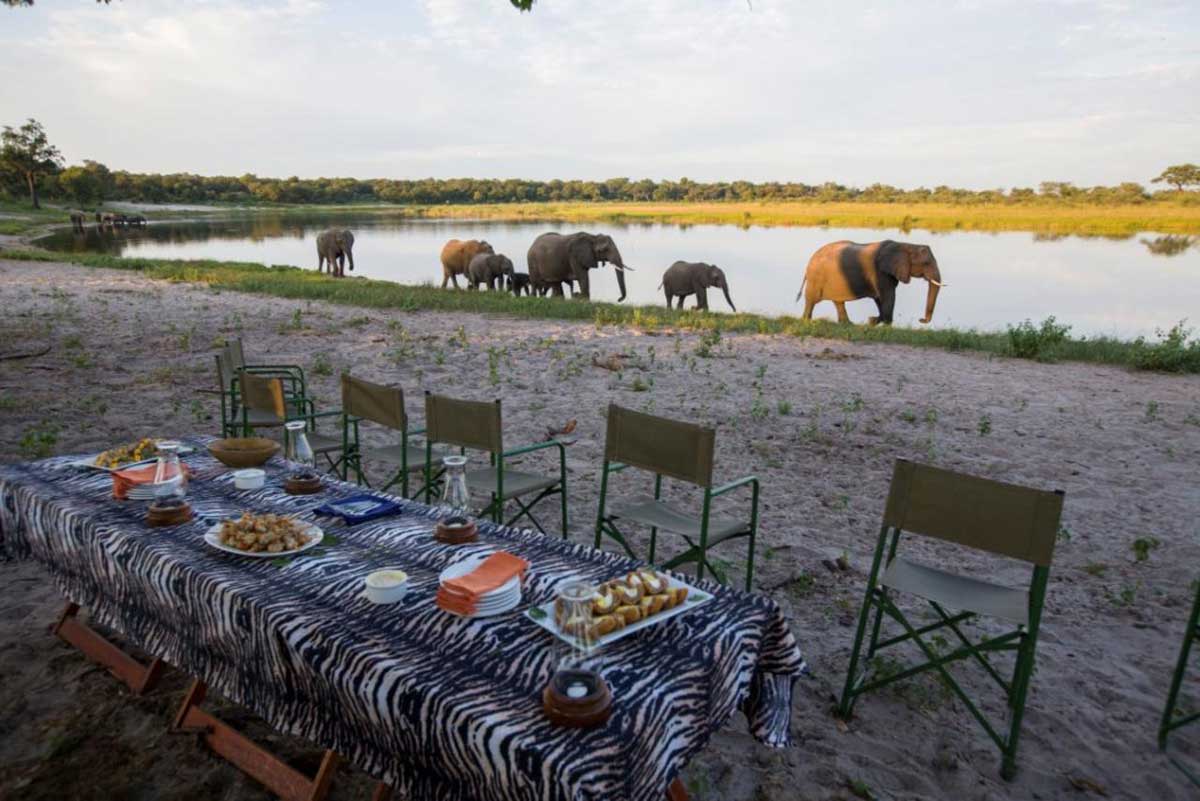
We recommend staying at: Susuwe Island Lodge

